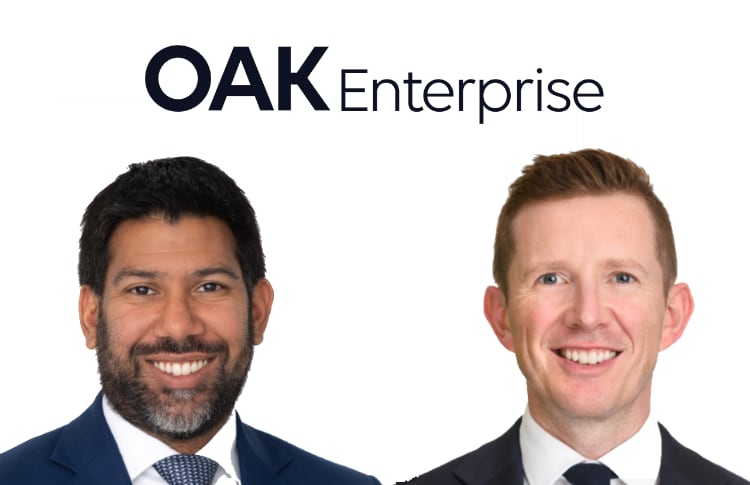Construction accounting is complex.Getting guidance on the expected time and capital investment, as well as a clear understanding of the role of a CPA in preparing compiled, reviewed or audited statements is imperative.In Part 3 of this three-part blog, Kelly Kimmel, Branch Bond Manager for Old Republic Surety Company and Halli Williams, CPA, CCIFP, Senior Manager for CBIZ CPAs, P.C., explain the schedules and disclosures the surety will be looking for as well as expected fees and timing.
What schedules and disclosures will my surety be looking for? The surety is looking for a detailed and accurate statement that allows the underwriter to analyze data trends and answer questions on trends that are outside the norm for your company or for the company’s industry.Detailed notes and disclosures help the surety understand the reasoning behind the numbers and can provide insight into anomalies allowing the underwriters to confidently make decisions.In general, a complete statement will give the surety much of the information that they need to analyze the overall financial health of the company.
Ideally, a complete statement includes: What should I expect to pay? CPA-prepared Cost to Cost (previously Percentage of Completion) Financial Statements are labor intensive and require employees with expertise in the construction industry to complete.Additionally, fees can range widely, depending on how much work is required to adjust your company’s specific internal financial information to meet GAAP.For example, the following are average beginning costs of each level of statement: The cost of obtaining a CPA prepared statement may cause sticker-shock, however, it doesn’t take many bonded projects for the review to pay for itself in discounted premium rates.
Additionally, the cost is largely outweighed by the revenue opportunities that come with not only being able to target bonded projects, but by being able to approach owners, architects and general contractor pre-qualifications with a strong financial presentation and a letter that shows a strong bonding capacity.The reality is when your company sees requests for a CPA-prepared financial statement, they are likely looking at job opportunities exceeding $1 million.With a reviewed statement costing between $15,000 and $25,000, this could be equivalent to less than 1% of the revenue on one job.
Additionally, when a construction company needs a CPA-prepared statement, their projects are often larger both in terms of contract price, as well as the length of time to complete the project.Having a third-party overview of internal controls and examination of cost records and profits can save thousands by establishing internal processes that could uncover job profit fade, which otherwise may have been impossible to see, and allowing contractors to make corrective adjustments early.When should we start the process of engaging a CPA? If you have never had an external CPA, there is a strong chance that you will need to make several adjustments to your internal controls and financial presentations for your CPA to issue assurance that your statement follows GAAP principles.
Best practices include engaging a CPA as early as possible, even prior to the start of the financial cycle.(For example, if you want a December 31, 2025, financial statement, you should meet with your CPA in the fourth quarter of 2024).Early contact with your company’s CPA firm allows them to gain an initial understanding and provide feedback on your internal corporate systems, which may save a substantial amount of time and money at the end of the year.
It may even be beneficial to meet with your accountant quarterly, allowing you to adjust your numbers throughout the year.This can help with the annual review, but also help owners make better decisions during the year with accurate data.How long does it take to get a CPA-prepared statement? Similar to cost, the time frame is largely dependent on how quickly your CPA can coordinate with you to obtain needed information and how accurate that information is.
A guide to estimated time frames are as follows:
It doesn’t take many bonded projects for the review to pay for itself in discounted premium rates.Additionally, the cost is largely outweighed by the revenue opportunities that come with being able to target bonded projects and to approach owners, architects and general contractors with a strong financial presentation and a letter that shows a strong bonding capacity.Continue reading:Part 1 of 3Part 2 of 3
Resourceshttps://www.ispartnersllc.com/blog/five-types-testing-methods-used-audits/https://us.aicpa.org/content/dam/aicpa/research/standards/compilationreview/downloadabledocuments/ar-00090.pdfhttps://www.procore.com/library/construction-financial-audithttps://us.aicpa.org/content/dam/aicpa/research/standards/auditattest/downloadabledocuments/au-00326.pdfhttps://us.aicpa.org/content/dam/aicpa/research/standards/auditattest/downloadabledocuments/au-c-00300.pdf
Publisher: Insurance Journal








